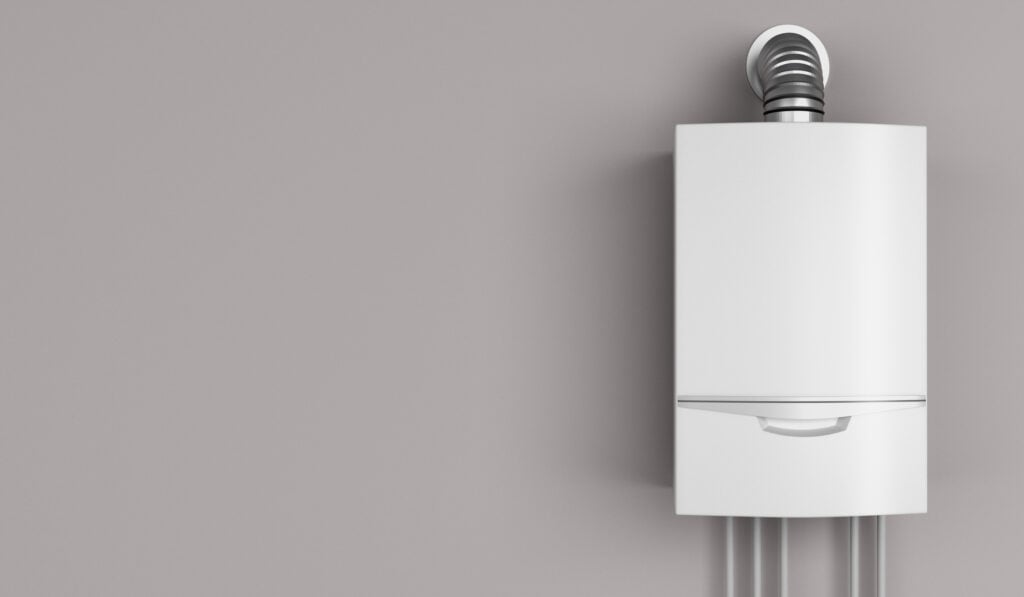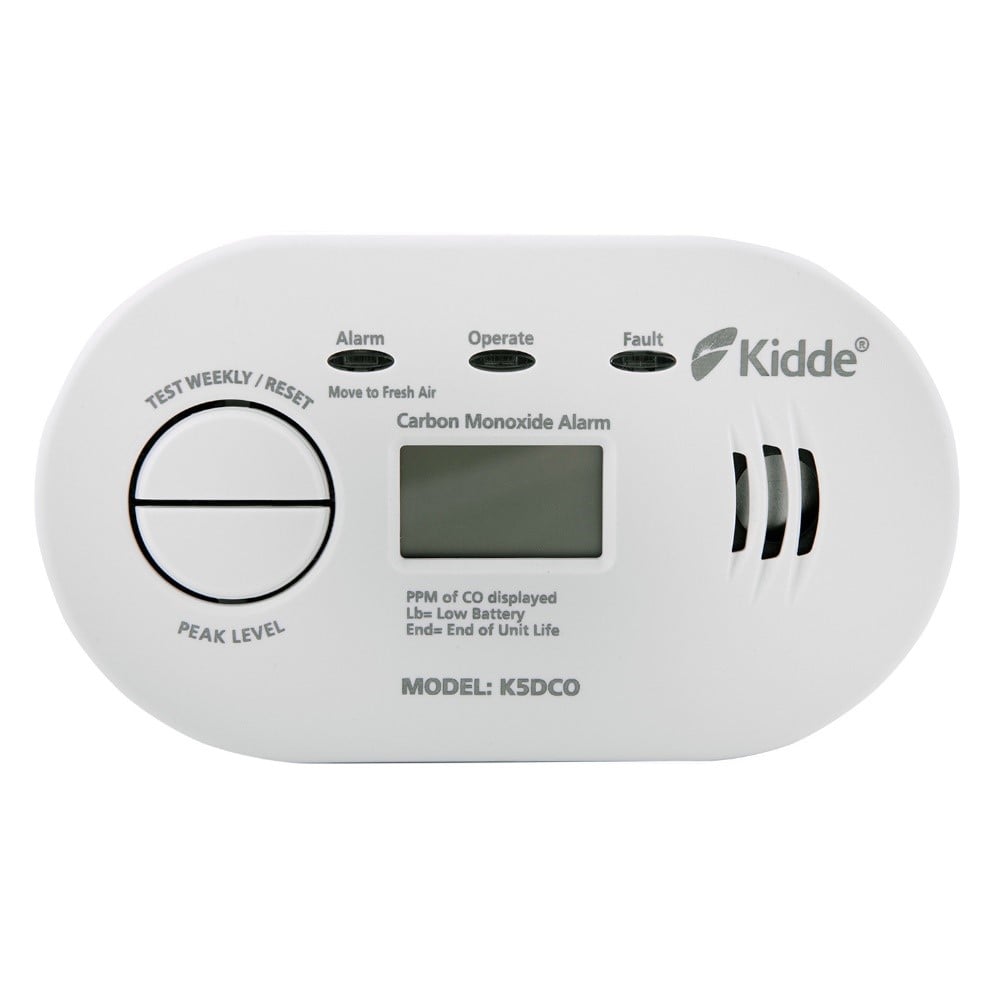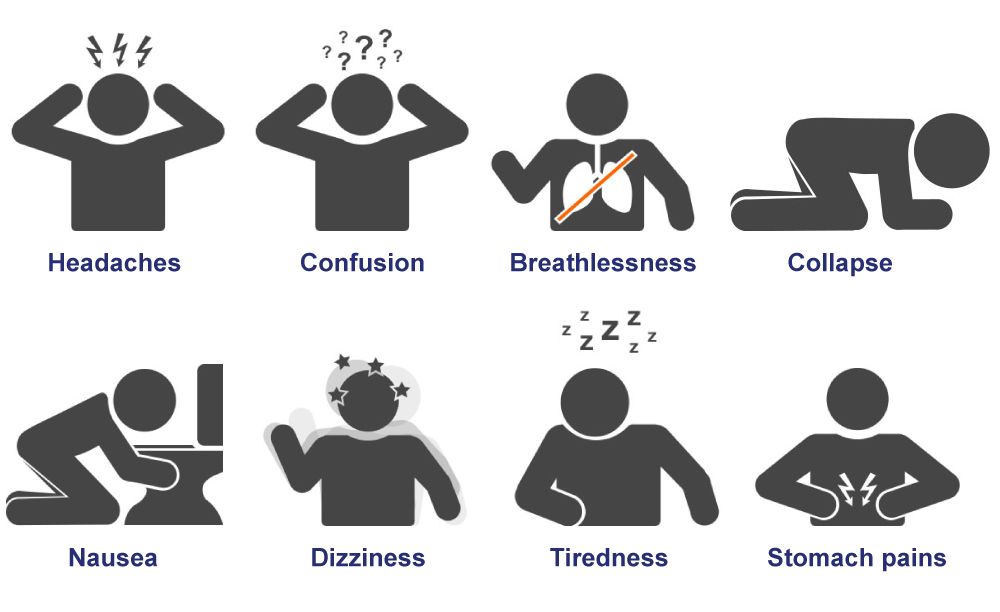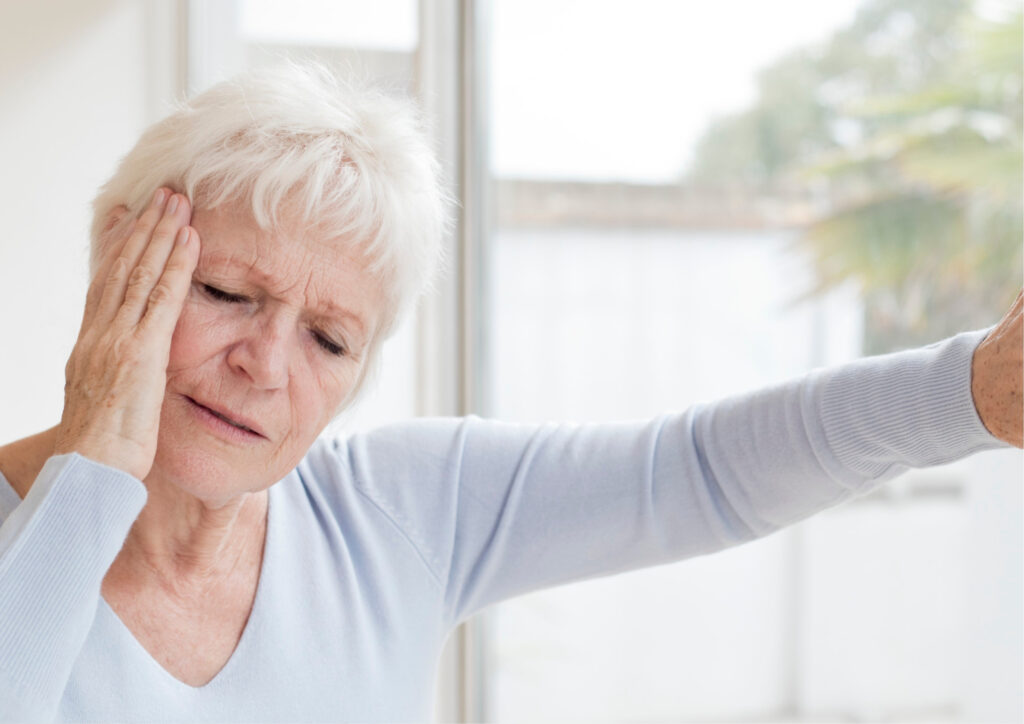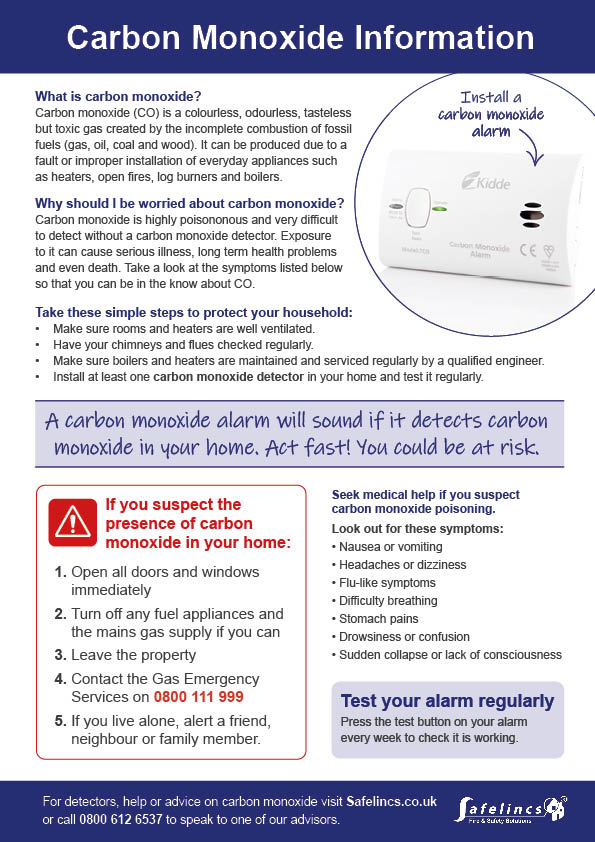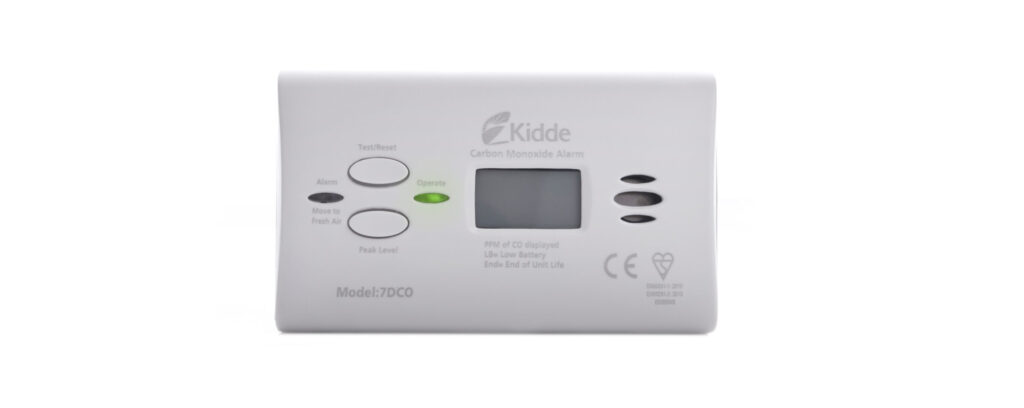Tuesday 19th March 2024
CO detectors, or carbon monoxide alarms, are essential for the detection of a deadly gas, carbon monoxide (CO). This gas cannot be seen, tasted or smelt and is only detected with the use of co detectors. It is produced through the incomplete combustion of fuel, such as gas, wood, coal and oil. If your carbon monoxide alarm is going off, do not assume it is a false alarm.
What to do when your carbon monoxide alarm is going off
You should assume that there is CO present and should follow these steps to ensure your safety.
- Stay calm, open doors and windows to increase ventilation
- Where safe to do so, turn off any fuel-burning appliance
- Leave the premises and notify other occupants of the potential carbon monoxide leak (you should also notify any occupant of premises adjoined to your home as CO can seep through walls and floors
- Call Gas Emergency Services 0800 111 999 or a local Gas Safe Registered Engineer to check for the source of carbon monoxide
- Get medical help for anyone suffering from symptoms of CO poisoning
Symptoms of carbon monoxide poisoning
The main symptoms of carbon monoxide poisoning are:

Persistent Headaches
Having persistent dull headaches and tension type headaches.

Dizziness
Having waves of dizziness or feeling light headed and off balance.
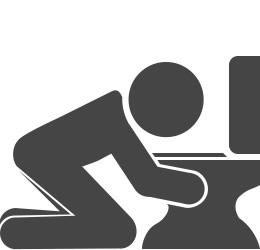
Nausea / Vomiting
Feeling like you need to be sick (nausea) and actually being sick (vomiting).
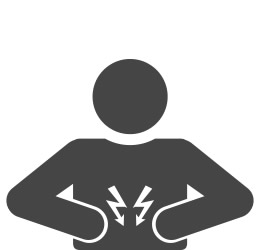
Stomach Pains
Pains in your stomach or lower abdomen, sometimes accompanied by diarrhoea.
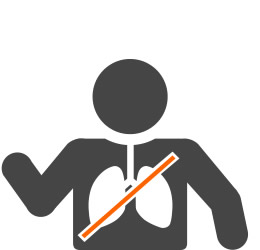
Difficulty Breathing
Sudden shortness of breath or difficulty breathing (dyspnoea).

Tiredness
Having no energy or feeling tired, sleepy, lethargic and sluggish.

Sudden Collapse
Sudden collapse, seizures or loss of consciousness.

Confusion
Confusion, difficulty concentrating and becoming easily irritated.
What causes CO detector false alarms?
A false alarm is when your CO detector alarms and where no carbon monoxide is detected by your engineer. There could be several reasons for this, which can often be easily resolved:
| Cause of alarm | What to do |
| The carbon monoxide detected did not come from your own appliances but may have seeped through the walls or floor from a neighbour. | Check if your neighbours have fuel-burning appliances that might emit carbon monoxide. Carbon monoxide might escape from chimney stacks allowing the toxic gas to enter your premises via a joint loft space. |
| The replace-by date may have been exceeded. | Most CO alarms are only effective for 5-10 years. Once expired, they can sound erratically, or not sound when they should, The expiry date for each unit can be found on the information sticker on the back of the unit. |
| Excessive moisture from a bathroom may set off your CO alarm. | CO alarms can be corrupted by steam, and therefore shouldn’t be installed in bathrooms. If your CO alarm is repeatedly triggered by steam, it may become ineffective, and should be replaced. |
| Lead acid battery chargers produce hydrogen gas which sets off CO detectors. | If you are charging your caravan or boat battery at home, this could set off your CO alarm. Once you have made sure that the alarm is false, it is safe to ignore the alarm in this scenario, but remain vigilant for other signs. If this happens often, invest in a CO alarm with a digital display to assess the level of risk when the alarm sounds. |
| Freshly screeded floors emit a gas that sets off carbon monoxide alarms. | If your floors have just been screeded, and you have made sure that the alarm is false, it is safe to ignore the alarm in this scenario, but remain vigilant for other signs. |
| The carbon monoxide alarm that you have installed may not be suitable for the type of premises | For example if it is installed in a caravan, tent, boat or living quarters of a horsebox you will need to ensure that your alarm is Kitemarked to BS EN50291-2. Alarms tested to BS EN50291-1 are only for use in home environments and are not suitable for camping and caravanning. |
| Smoking indoors | A heavy smoker in a poorly ventilated room the CO from smoking may trigger an alarm. It is recommended to open a window if possible to improve ventilation. If this happens often, invest in a CO alarm with a digital display to assess the level of risk when the alarm sounds. |
| Homes that are adjacent to very busy roads may experience higher levels of CO in the home when windows are open as traffic fumes may enter the room and set your alarm off. | If this causes persistent false alarms, invest in a digital CO alarm, allowing you to see a live CO reading. You can then determine the level of risk. For example, if the reading is high, there is probably a leak. However, if it has just tipped over the threshold due to air pollution, the alarm can be ignored/silenced without having to get an engineer in to check for a leak. |
| The sound that your alarm is making may not be the alarm sound to alert you that there are dangerous levels of CO present. | Most alarms have several audible sounds to indicate things such as low battery warning or that there is a fault with the alarm. Keep the manual safe so that you can refer to it should the alarm go off. |
Buying a CO detector
You should have a carbon monoxide detector in every room where there is a solid fuel burning appliance. Only chose CO detectors that have met the rigorous testing standards of the European standard EN50291. These alarms provide peace of mind that this vital alarm has been manufactured and tested to the highest standards. Moreover, investing in a CO detector with a digital display also provides peace of mind, as it allows you to assess the situation when an alarm goes off. This is particularly useful if you have had persistent false alarms due to pollution, smoking, or other external factors, as it allows you to check the reading to assess the level of risk before calling an engineer to check for a leak.
For more information about taking a carbon monoxide detector on holiday, read our blog on this ultimate travel essential, and what to do if you detect a leak.
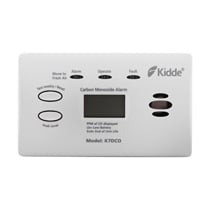
- Product Life: 10 years
- Battery: replaceable AA alkaline batteries included
- Warranty: 10 year warranty
- Displays CO levels from 10ppm
- Peak Level Memory - recalls highest CO levels
- Ideal for domestic use and camping, caravans & boats
- Kitemarked to BS EN50291-1 and BS EN50291-2
- Also suitable for the 2022 Welsh legislation
If you are unsure if you have the correct carbon monoxide alarm installed our customer care team are here to help. You can call them on 0800 612 6537 or email support@safelincs.co.uk.

